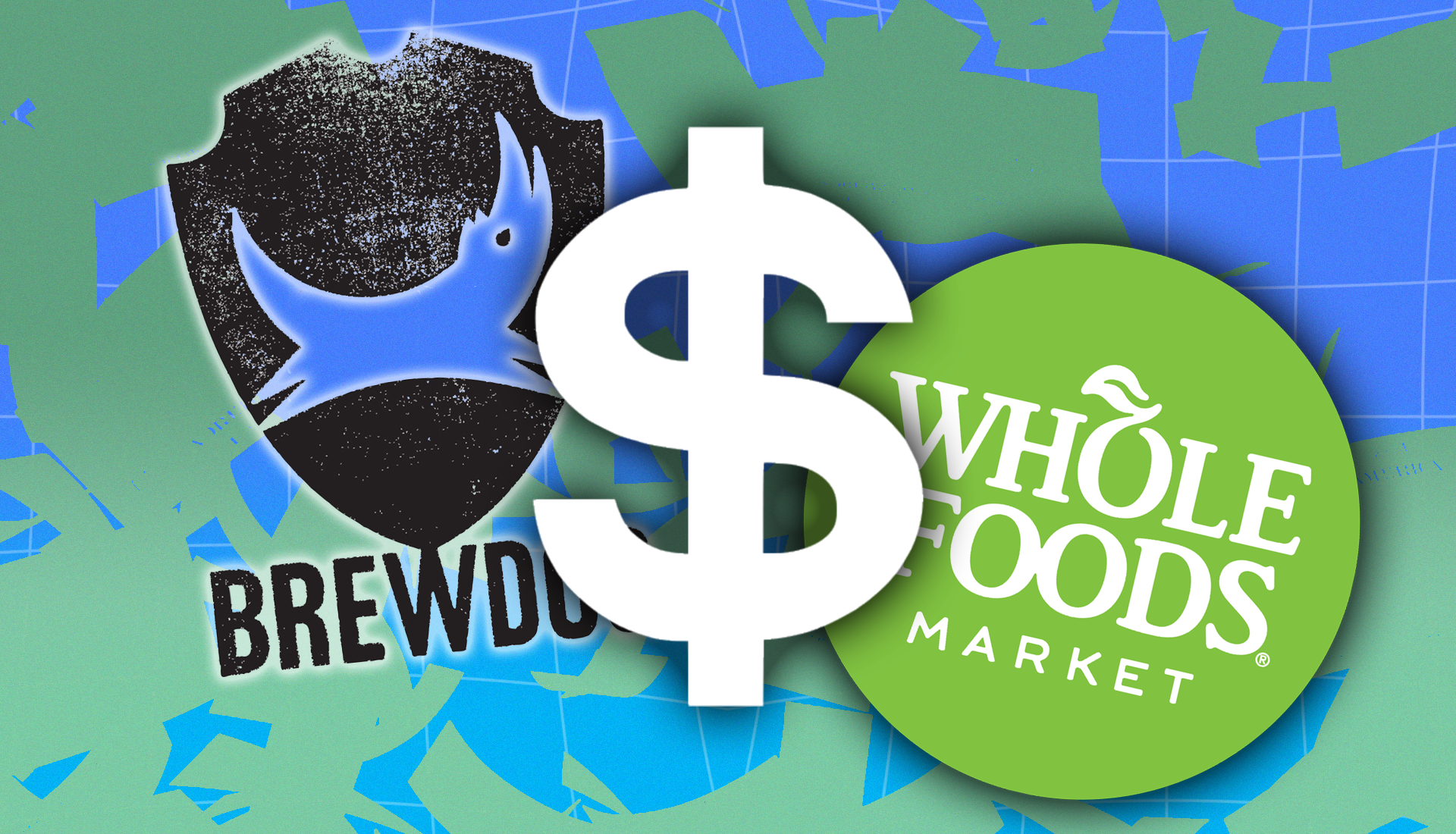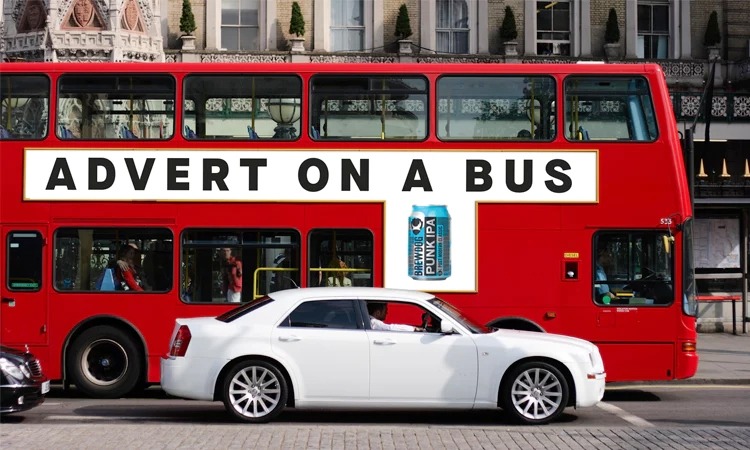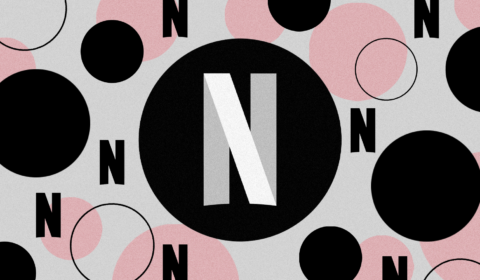In the always frantic race to sell, advertising firms are targeting Gen Z through ‘self-conscious’ marketing.
Do you guys remember the anti-joke? It was a big thing in the early 2010s, relying on the element of surprise to create humour. The anti-joke would start off following conventional joke formats, for example ‘why did the chicken cross the road?’, and then follow this up with an unexpected, often true-to-life scenario. ‘It didn’t have a reason, chickens aren’t capable of critical thinking’.
The point of the anti-joke is to satirise the absurdity of the joke’s original premise. It’s essentially reverse psychology, and it’s a tactic that is increasingly being used by advertising agencies.
Over the past few years you may have seen some of these adverts popping up on your screen or adorning buses and billboards…
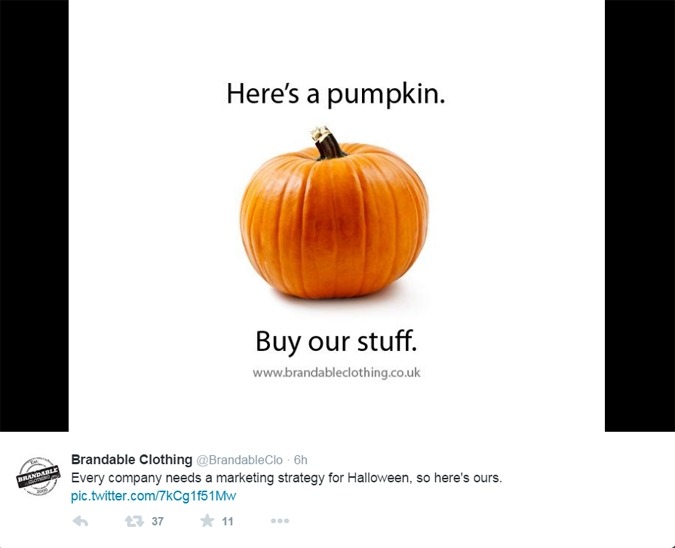

Here we have Brandable Clothing and their self-consciously low-effort Halloween campaign.
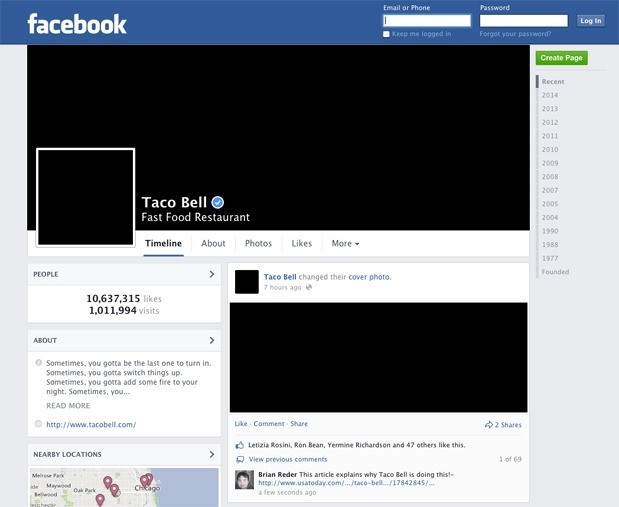

Taco Bell ‘going dark’ on Facebook to promote their app.
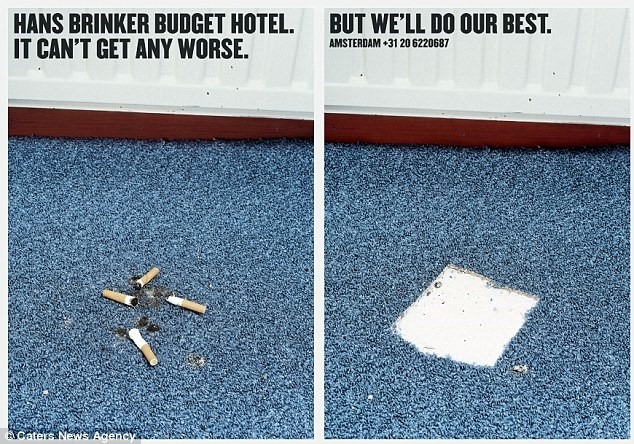

Hans Brinker Budget Hotel wholeheartedly embracing their reputation as a low budget establishment.
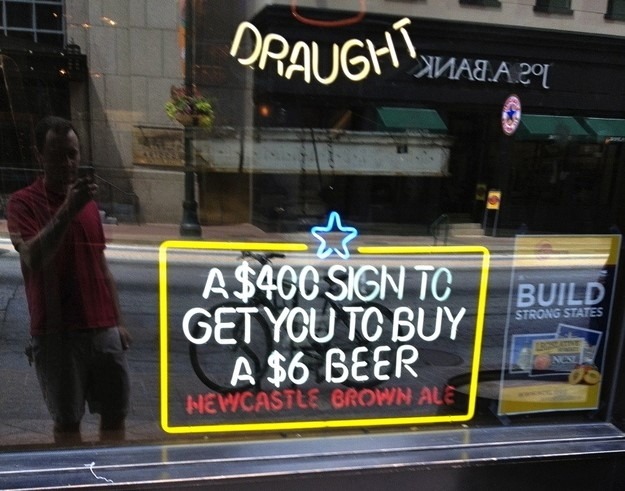

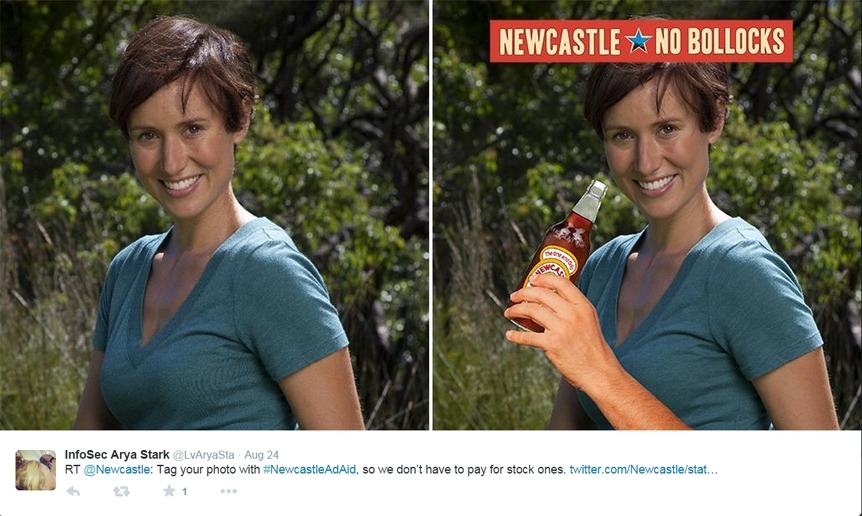

And Newcastle Brown Ale openly stating their desire to spend as little as possible on ads.
These are what we call anti-marketing campaigns: the art of selling via non-selling. They deliberately rail against the accepted norm of advertising as a part of our day-to-day experience, questioning the mechanisms of the medium whilst all the while advertising their product. It’s a tricksy form of new-age marketing that has captured the attention of the youth market.
Why has this come about?
Last year, Samsung reported falling smartphone and tablet sales despite increased advertising expenditure. This was likely a painful pinch for the tech giant considering the sales figures of competitors Apple and Xiaomi, who spent considerably less on advertising.
Rosser Reeves – the man who came up with the Unique Selling Proposition – once said that ‘the people who read and remember your advertising may buy less of your product than people who are not aware of your advertising at all. Your advertising, in other words, may, literally, be driving away customers.’
But it doesn’t appear that not advertising at all is the answer, either. Whole Food Market was one of the few consumer product businesses listed in the Fortune 500 without running any ads on a national scale in the US last year. But their poor performance on Wall Street in 2019 has left them no choice but to launce a new $15-20 million campaign.
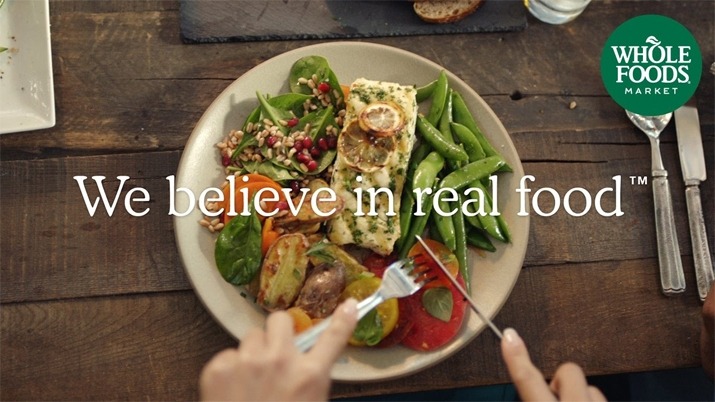

So, making too much noise doesn’t necessarily equate to return on investment, and having no voice at all may incur massive costs. What’s a marketer to do?!
They’re to advertise at the same time as making fun of brands who advertise.
A paradigm shift?
It’s unsurprising that this brand (so to speak) of advertising resonates particularly with young people. Gen Z have been raised in a global financial crisis surrounded by an unstable workforce, and thus are understandably sceptical of advertising. Why, at a time of austerity, do we need $1 trillion industries telling us to buy more?
The progress towards social media marketing and influencer culture, which has blurred the lines between person and product, has made young consumers savvier regarding the fakery of digitized content. Gen Z are naturally suspicious of branded posts, and it’s this mistrust that the anti-ad relies on. Anti-marketing campaigns hope to separate themselves from the pack by openly and honestly acknowledging the act of advertising. The theory is that the more honest they are, the more they’ll be respected – and who doesn’t want to buy from a brand they respect?
The trend is being billed as a ‘return’ to the original aim of marketing. Kalle Lasn, founder of viral marketing group Adbusters, stated to the Economic Times that ‘advertising needs to become what it was many years ago… that is ‘here’s a good bargain’, ‘here’s what this product can do’. Ads were more functional, cheaper, and not an end in itself’’. The implication here is that ‘big’ story-based advertising has strayed into ostentation and deceit.









